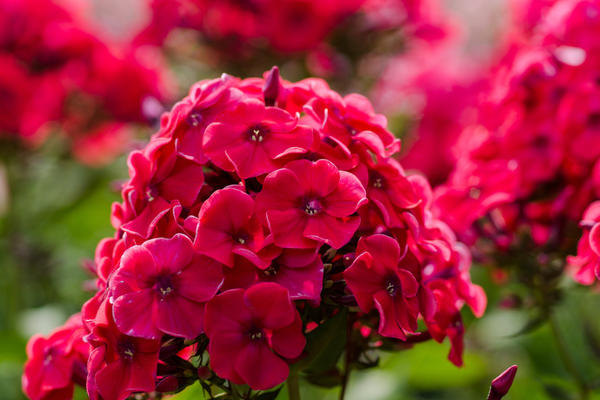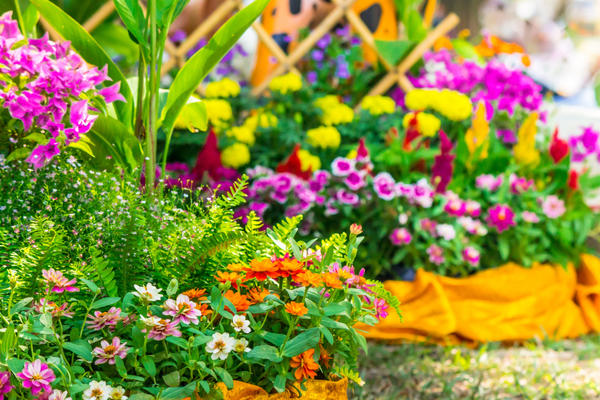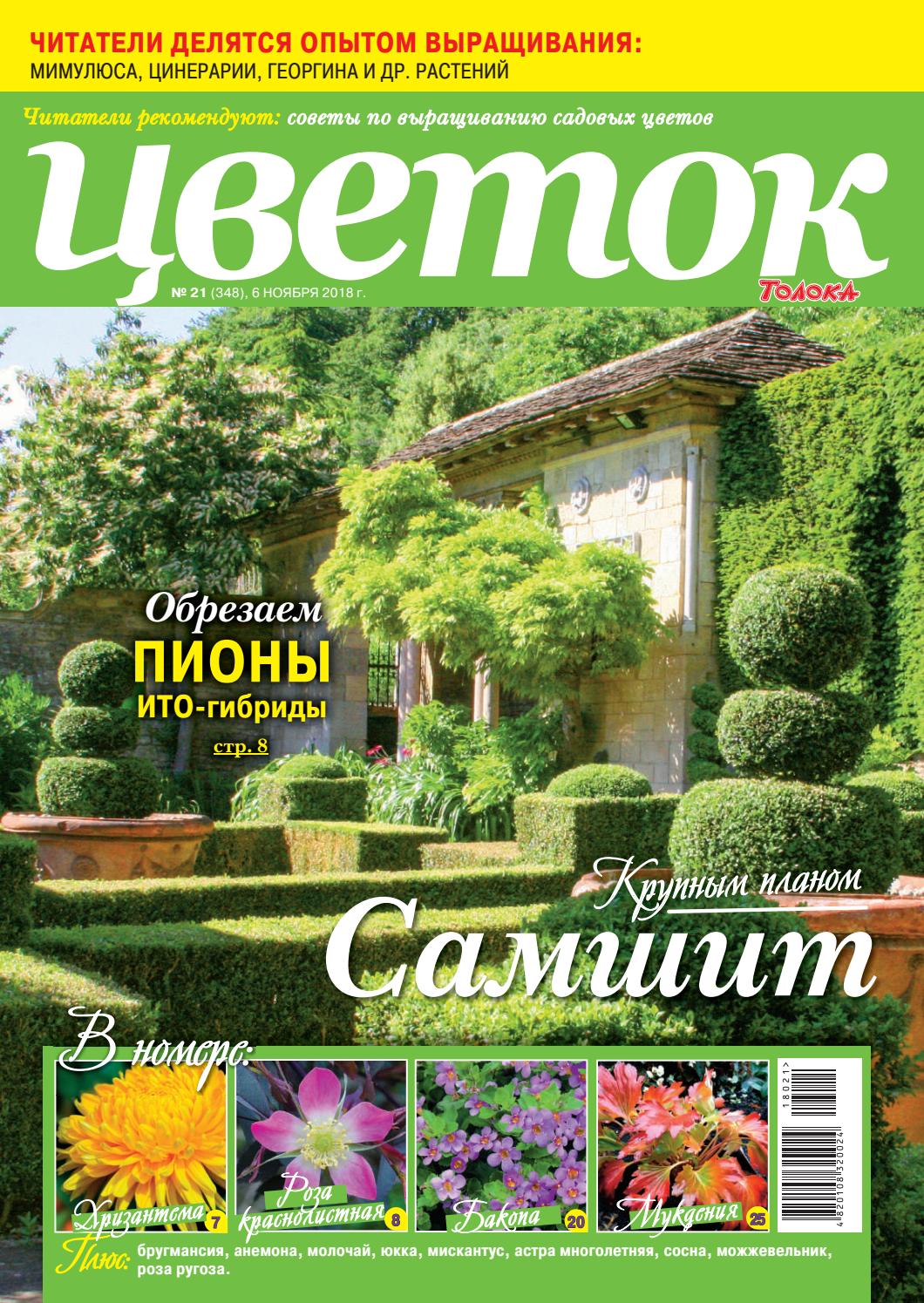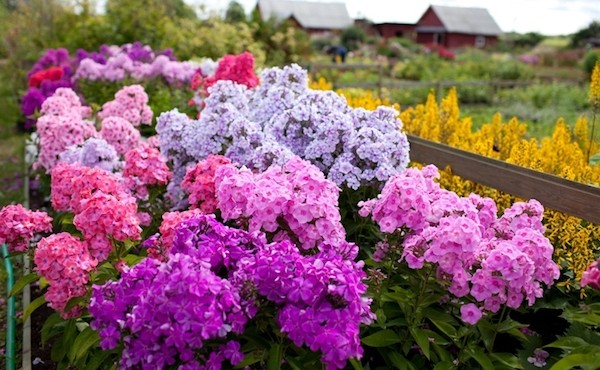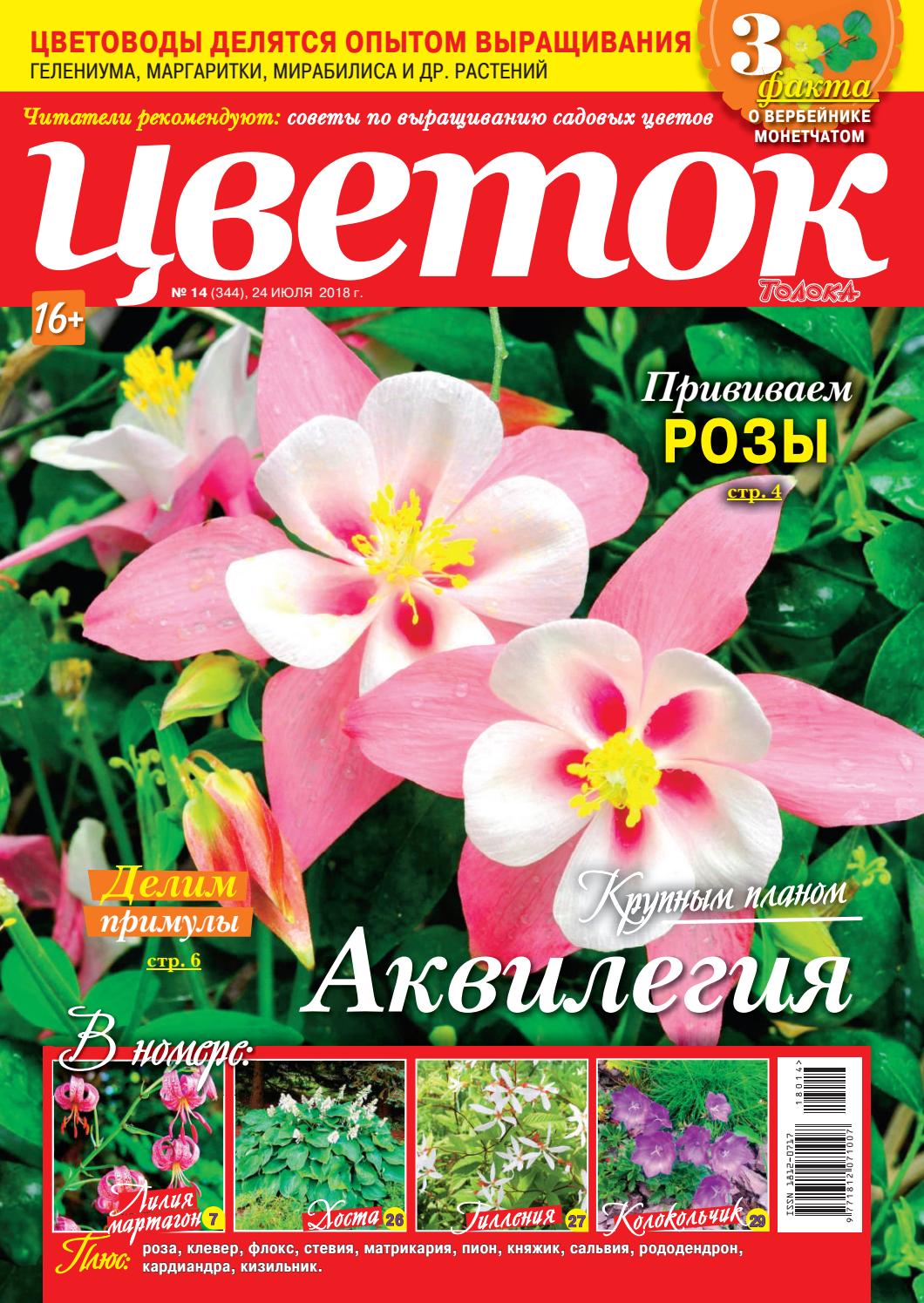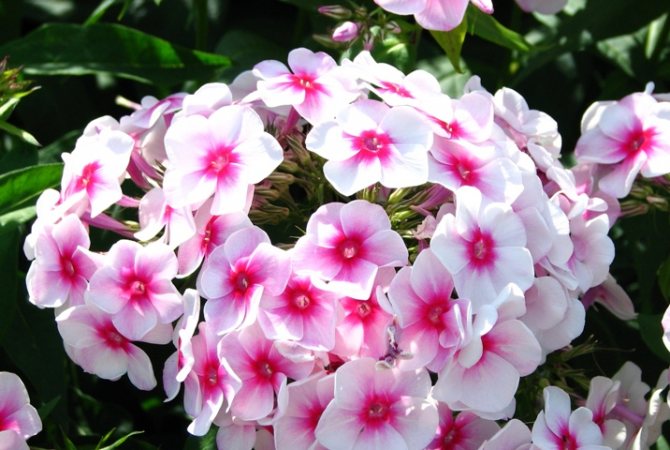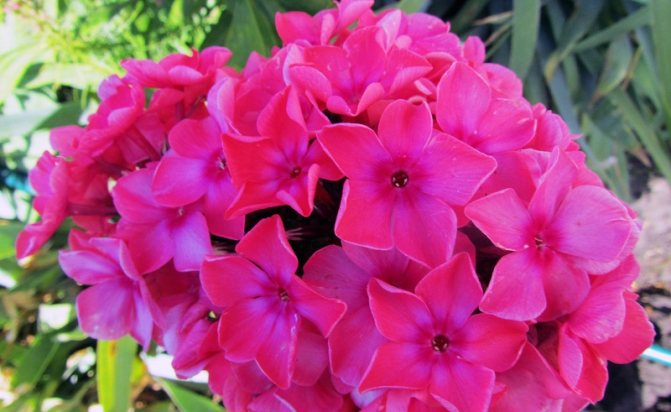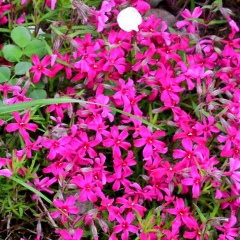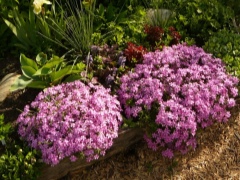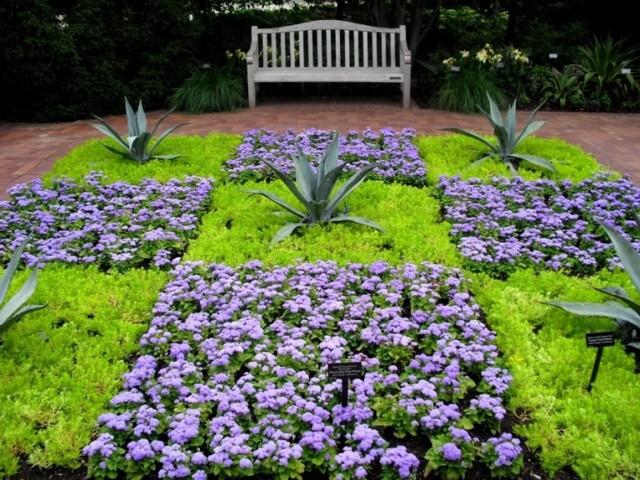Reproduction
Like many other varieties of paniculate phlox, Blue paradise can be propagated by layering, splitting the mother bush or stem cuttings. Florists rarely use the seed method of phlox propagation, since it almost does not guarantee the preservation of varietal traits. It should be noted that in some cases varietal phloxes can spread throughout the site on their own using self-seeding.
Layers
This method is considered one of the most effective and simple. To get a generation of young phlox in this way, it is necessary in the spring to bend several strong lateral stems with buds from the bush, pin them to the ground and dig in. Buried stems should be watered regularly and removed from weeds. After a few weeks, the stems will take root in the ground, and young shoots will begin to form from the buds. By the fall, they will turn into full-fledged plants that can be separated from the bush and planted in a permanent place.
Separation of the mother plant
Gardeners resort to this method of breeding phlox in spring or autumn (at the beginning or at the end of the growing season). For separation, select a healthy, well-developed bush that has reached the age of 5-6 years
The bush is carefully dug out of the ground, being careful not to damage the roots. Then, with hands or with a sharp knife, the bush is divided into several parts (delenok)
The division is carried out in such a way that on each part of the bush there are shoots and a small number of roots.
Stem cuttings
Experienced growers claim that this method is the most productive and uncomplicated. The most suitable time for this procedure is late May-early June. Cuttings are harvested from green, strong shoots of healthy and mature plants. The shoots are cut in such a way that there are 2-3 knots on each cuttings. The lower leaves are removed from the cuttings, the upper ones are shortened by half.
Then the harvested cuttings are planted in boxes with a loose and well-moistened substrate. As a substrate, ready-made store-bought soils or mixtures are used, consisting of peat, humus, sand, garden soil. The planting of cuttings is carried out according to the scheme of 5x10 centimeters.
Boxes with cuttings are placed in a greenhouse or covered with a spacious transparent container, after which they are shaded. During the entire rooting period, cuttings are watered 2-3 times a day, maintaining high humidity in the greenhouse. In order to prevent decay of the planting material, the greenhouse is regularly ventilated.
Rooting of cuttings usually occurs within 2-4 weeks. A sign of successful rooting is the formation of young tiny shoots in the leaf axils. When the rooted cuttings are fully strengthened, they are transplanted into spacious containers or on seedling beds for growing. In this case, the landing is carried out according to the scheme of 15x20 centimeters.
Diseases and pests of phlox
Rattle
Light spots develop on the leaves; they spread along the leaf blade, later fade and necrotic. Sometimes only growth retardation is observed: some varieties are latent (hidden) virus carriers.
The disease is caused by the tobacco rattle or kinky virus. In addition to phlox, it affects aster, gerbera, hyacinth, gladiolus, crocus, lily, daffodil, peony, primrose, tulip, cineraria. The size of viral particles is 190X22 and 45-110X22 nm. It is carried by nematodes of the genus Trichodorus. Rattle is common in Central Europe.
Rugosity
The leaves become lumpy, curly, necrotic spots of irregular shape appear on them, glossy or covered with scabs. The veins turn brown, then die off.In other cases, a blackish bordering or yellow-green mosaic pattern develops. The growth of the stems is delayed, they are slightly curved and covered with single necrotic stripes or scabs. The internodes are shortened, the plant is compact, bushy by habit. Flowering is not observed or it is scarce. Often, affected phloxes dry out and die. The disease is caused by the tobacco necrosis virus, the virions of which are spherical, with a diameter of 26 nm. It is spread by a soil fungus (Olpidium brassicae).
 Phlox paniculata. Achim
Phlox paniculata. Achim
Ring spot
The disease manifests itself at the beginning of the growing season of plants, the symptoms are most clearly visible in May-June. On the leaves of phlox, chlorotic light spots and a characteristic ring pattern are formed. On the leaf blades of individual shoots, areas of yellow color, of different sizes and shapes, are noticeable. In case of severe damage, the mosaic pattern covers the entire plant, it looks stunted and does not bloom. Leaves curl and deform.
The causative agent of annular spotting is the black annulus virus of tomatoes. Viral particles are spherical, 28-30 nm in diameter. It is transmitted by nematodes of the genus Longidorus (Longidorus).
Necrotic spotting
At the beginning of leaf blooming, dark brown, rounded necrotic spots 1–2.5 mm in size are observed on them, sometimes they completely cover the leaf blade.
Threadiness of leaves
In diseased plants, leaf blades are narrow, sometimes filiform, with wavy edges. Dwarf bushes, fragile shoots, flowering, as a rule, does not happen.
Variegated
Light strokes are visible on the petals; with severe damage to the inflorescences, the color becomes lighter than this is typical for this variety. It has been established that the disease is caused by the rash mosaic virus. This pathogen has a wide range of host plants and from flower crops affects carnation, cactus, delphinium, and tulip. The virions are spherical, 30 mm in diameter. Transmitted by nematodes of the genus Xiphinema.
Control measures
First of all, careful and timely culling of affected plants is necessary. It is unacceptable to take cuttings from diseased bushes. It is necessary to remove weeds, both in phlox plantings and in the vicinity of them. This prevents the transfer of infection from weeds to phlox.
Before planting phlox in new areas, it is necessary to analyze the soil for contamination with nematodes — carriers of phytopathogenic viruses (xyphinems, longidorus, trichodorus). If nematodes are found, the site is treated with a 0.2% metaphos solution.
Blooming phlox in garden decoration
You can decorate absolutely any place in the garden with this flower, we owe this to the numerous variety of varieties and colors. They look laconic and in a building, in a garden, parks or even an ordinary flower bed, phlox will give gloss and a chic appearance.
Thorny and even greenery without various colors look successfully next to this ornamental plant, as well as:
- Conifers and plants that do not require annual replanting;
- Bells and milfoil;
- Lily, as well as the familiar lungwort.
Phlox can be used to decorate:
- The edges of the reservoir;
- Lawn flooring;
- Stones.
This plant remains in vogue at all times and seasons. Rarely common flowers are exchanged, in a dream to collect a complete collection of all shapes and types, as well as colors.
Note! All flowers naturally require attention, even if minimal. However, if the phlox is properly cared for, then this flower can beautify both the street landscape and the home atmosphere.
What can be a flowerbed with phlox (photo of plant planting options and flowering calendar)
Among all the varieties of phlox are:
- Creeping (ground cover) plants: This type of flowers begins to turn green and bloom very first - somewhere in the middle - towards the end of May (depending on the weather).In most cases, designers use it to create the background of a landscape composition, in which shrubs, other primroses, and fruit trees can participate. From creeping plant varieties, bright purple, juicy red, pink-white carpet flower beds, brook curbs, massifs and ridges are obtained. The unusual flower bed with phlox shown in the photo, the scheme of which has an irregular nature, is organized from the subulate type of flowers. It is ideal for alpine slides and single flower beds, decoration of retaining walls.
- Loose (spreading) plants. A transitional type of phlox, which no longer spreads on the ground, since it has a small (below average) stem length. It blooms after ground cover plant varieties and is considered the most unpretentious member of the family. And also exotic, because its inflorescences are a lush bunch of small flowers of light lilac, purple, lilac or white. Another advantage of the variety is the violet scent of flowers and the longest flowering period. It will help you evaluate how a phlox flower bed will look like, the photo below.
- Bushy undersized plants: This phlox variety blooms most of June and has a sweet scent. The stem of the flower does not exceed 100 cm in height, and the inflorescence consists of many small white, white-purple, deep red or dark pink flowers. These plants have one fundamental difference from their previous relatives. They love acidic soil. In it, they take root well and bloom violently. To organize a flower bed with phlox, a diagram is not needed. This plant variety looks great in a collage flower garden.
- Shrub tall plants. The most popular, extensive and well-known variety of phlox. Some representatives of the species bloom somewhere in mid-late June, others in early July, and still others in August. Their flowering lasts about a month. Tall plants have representatives with medium-sized and large, with spotted and outlandish flowers in the inflorescence. And also with an unusual inflorescence. This is how phlox flower beds can be - the photo was taken in the midst of flowering.
Caring for annual phlox
After the emergence of seedlings and the beginning of their growth, phlox care is very simple. They will grow on their own, but for lush flowering, elementary events are necessary.
Features of watering, feeding
At first, phloxes have to be carefully watered 2-3 times a week, weekly watering is enough for adult plants (in the absence of rain, up to two buckets of water are consumed per 1 m2). The water should be settled, not too cold, preferably rainwater. The best time is evening, watering is carried out at the root. In dry times, you need to water more often: when the soil is dry, phloxes will grow, but bloom very weakly. After watering and rains, the soil is shallowly loosened. Mulching with any bulk material makes maintenance easier.
For the luxurious flowering of phloxes, they are fed several times over the summer. You can use any fertilizers: at the end of spring, mullein infusion is optimal, in June any potassium salt is added to it. In the middle of summer, organic feeding is again carried out, and in August, you can limit yourself to complete mineral fertilization.
The easiest way to take fertilizer is for flowers.
Plant formation
Phlox can be grown without the formation of bushes, but in order for them to branch better, it is worth pinching in time. With or without seedlings, this is done at about 4 weeks of age, when the top is cut off with nails or scissors. For intensively growing bushes, the procedure can be repeated later, especially in the case of relatively tall varieties.
After the inflorescences wilted, they should be carefully trimmed to continue flowering and maintain decorativeness.After the end of the season, you can try to carefully cut the stems almost near the ground: it happens that, despite the annual character, some plants overwinter and continue to grow and bloom in the spring. True, this requires a warm winter and good luck.
When and how to collect seeds
Most varieties of annual phlox bloom until the end of summer, and often include September. By this time, if the inflorescences are not cut, bolls with seeds appear from them. You should not hope that the bushes left in the winter will continue to grow: it is safer to sow phlox annually.
Self-sowing is also possible: in some regions, annual phloxes are capable of sprouting seeds in autumn, easily sprout in spring and give new plants.
Collecting seeds is not difficult. To do this, as the shoots with seeds turn yellow, they are carefully cut and stored in a room where the seeds ripen. The boxes crack, and seeds are harvested from them. You can let them ripen on the bushes, but it is difficult to determine the time of collection: many seeds will spill out onto the ground. However, many of them are not needed: the required amount of seeds can be collected easily in August-September. Store them in paper or linen bags in a dry place.
The seeds are in boxes
Plant transplant
It is usually not necessary to transplant annual phloxes, but if the need arose, you can do it with a large clod of earth almost at any time.
True, during the period of intense flowering, it can slow down, so the operation should be carried out especially carefully.
It is important after transplanting to water the bushes well and preferably shade for a couple of days
Problem solving
Annual phloxes rarely cause problems. But it happens that they do not bloom. This could be due to:
- lack of lighting;
- poor quality soil;
- insufficient watering.
All these reasons are removable, except for the cases of planting plants in frank shade. It is not difficult to set up watering, apply top dressing.
It happens that the leaves on phlox dry out and fly around ahead of time. Drought is usually to blame, and if the plants have not completely died, watering can bring them back to life. Sometimes during the period of intensive growth, the stems may crack. Most often this is due to the increased nitrogen content in the soil; you can try to urgently make an ash top dressing.
Landing in open ground and further care
It is necessary to plant phlox, both perennial and annual, only in a substrate prepared in advance.

Planting a seedling in open ground
How to plant phlox in open ground:
- The bottom of the hole must be laid out with nutritious soil.
- A hill is made from the soil, on which the seedling is placed, and its roots are straightened down.
- During planting, you need to fertilize the seedling, depending on the season.
It's important to know! Low varieties are planted at a distance of 35-40 cm from each other. Tall, one meter apart
Phlox care is simple:
- Good lighting will ensure abundant and consistent flowering.
- Watering is needed plentiful, but not frequent.
- The soil periodically needs to be loosened and weeds removed.
- During the period of active flowering, you need to apply a complex mineral fertilizer every two weeks.
A very interesting question that interests novice flower lovers, where to plant phlox in the shade or in the sun? There is no definite answer, because:
- in the sun, the flowering will be plentiful, but the bushes are more squat;
- shoots will stretch out in the shade, and flowering may be rare;
- the scorching midday sun can burn the petals;
- it will be optimal to plant in a place where the sun changes to shade during the day.

Drummond's annual phlox loves sunny spots
For wintering, all shoots are cut off almost flush with the ground. After the flower bed is mulched with peat, humus or a layer of dried foliage. Pruning is carried out from late September to late October.
It's important to know! Uncut shoots in winter run the risk of becoming a breeding ground for fungal diseases and pests.In the right soil, phloxes will be completely unpretentious and easy to care for and reproduce.
This airy marshmallow of inflorescences with a pleasant aroma is ready to be a garden decoration throughout the summer. Easily coexists with other cultures and fits perfectly into decorative compositions
In the right soil, phloxes will be completely unpretentious and easy to care for and reproduce. This airy marshmallow of inflorescences with a pleasant aroma is ready to be a garden decoration throughout the summer. Easily adjoins other cultures and fits perfectly into decorative compositions.
Gardeners' recommendations for a flourishing flower garden
Before planting plants in the soil, you must:
To form a plan for their flowering, in any interval of the period, the flower bed must delight with buds in no less than three varieties of flowers.
In a similar way, form a composition with perennials and annuals.
In the project, you should connect the plants according to the scale and color palette. Plants with large leaves in the stem, mix with cereals and narrow-leaved.
Everyone has their own favorite tones, however, when forming a blossoming one, it is necessary not to lose sight of the combination of colors and choose in such a way that the color palette is contrasting.
Make calculations according to the number of plant varieties, which should be planted in the same way, without dividing according to the specimens.
Herbaceous peonies
The shape and splendor of the peony bushes suggest that they need space.
This flower should not be planted in the foreground of a flower bed with a dense wall, and it also does not need to be lined with small flowers, trimmed borders, tiled edging and other garden "chips".
Perimeter landing
The first option for planting peonies is along the perimeter of the lawn, of course, stepping back from the edge so that the stems of the plant do not fall on the path when it rains. The distance between the flowers depends on the size of the entire arrangement. For example, with a tape width of 60 cm, there should be a distance of about 2 meters between flowers. In this case, smaller flowers can be put between the peonies: begonia, pelargonium. If summer small flowers are planted in front of peonies, then the bushes should be brought closer together. For this type of flower bed, you need to use one variety of peonies, the mixture will look worse.
Anchoring corners
When planting peonies, gardeners often use the "fixing corners" technique. In this case, the flowers are planted singly or in groups of 3 at the corners of the flower bed. With this arrangement along the edge, you can plant a tape of low biennials. With an angular seating, the same contrasting groups will look spectacular, for example, 2 red varieties and one white, or vice versa.
Peonies are not recommended to be removed deep into the flower garden, since these wonderful flowers are perceived better at close range. People always want to take a closer look at the fragrant bush, inhale the smell, appreciate the shades of the petals. Do not deprive them of this opportunity. It is not recommended to plant large flower beds only with peonies. In this case, bright flowers lose their individuality, they are cramped in such a mass.



